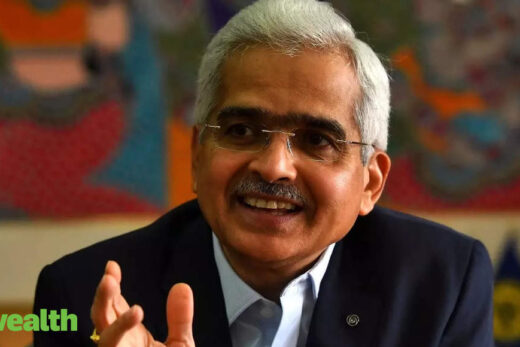This central bank may have resorted to secondary market bond sales to cut excess cash from the banking system. Consecutive sales took place after a while.
“Those secondary market on-screen selling by the central bank is indicative of liquidity normalisation,” said Madan Sabnavis, chief economist at CARE Ratings. “This helps cut surplus cash in the system. It also rationalises yield movements depending on which securities it is selling. This, in turn, aids check any sudden swing in rates aiding fiscal borrowings.”
Between November 10 and 18, there were outright secondary market sales of the securities, show RBI data.
Traders term it “onscreen secondary market sales”. Last time, the central bank’s sales on October 20 and 21 took place for a sum of ₹315 crore. However, it is not known what securities RBI sold.
RBI already mentioned liquidity normalisation while assuring liquidity at the time of any crisis. A calibrated approach is expected, which should not trigger any unwarranted swing in the interest rate market interrupting fiscal funding.

The surplus cash in the system has come down to ₹7.40 lakh crore from ₹8.08 lakh crore before the RBI’s bi-monthly policy in October, a drop of about 8.5 per cent in just eight weeks.
“If the trend of outright bond sales persists in coming weeks, it points to durable liquidity absorption,” said Rajeev Radhakrishnan, CIO – fixed income at SBI Asset Management Company. “The central bank does not have the flexibility to conduct any market stabilisation scheme as it was not budgeted. So, this form of secondary market selling could be useful in normalising liquidity.”
The Reserve Bank of India will announce its next bi-monthly policy on December 8.
In line with global central banks Mint Street, too, has been driving efforts to normalise excess cash in the system, which were needed to navigate an economic crisis at the peak of the pandemic.
The Reserve Bank of India is however cautious of any sudden interruption of interest rates, which could cause federal funding to be costly. The soft interest rate regime is coming to an end where the central bank will likely anchor a change in the interest rate cycle.
Long term rates are so far rising at a slower pace than short term rates.
Until last week, the 364-day Treasury Bill yielded 4.13 per cent, 32 basis points higher than it did two months ago, just before the last bi-monthly RBI policy. During the same period, the benchmark bond yield rose 12 basis points to 6.33 per cent.
The seven-day variable repo rate is now yielding close to the repo rate, pegged at 4 per cent. In September, it was way below the gauge and hovering around reverse repo at 3.35 per cent.



